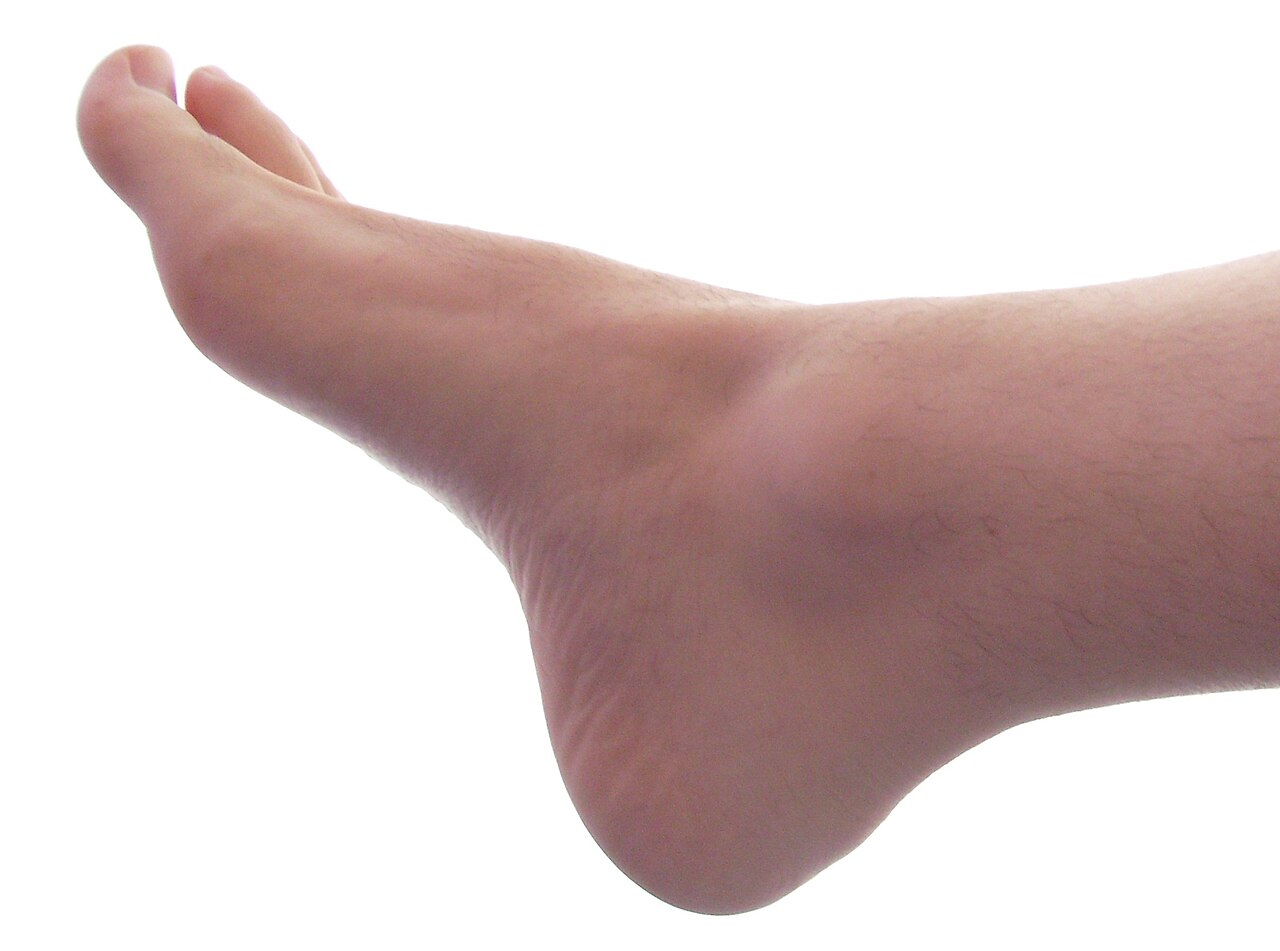Introduction to diabetic foot ulcers
Diabetic foot ulcers are a serious complication of diabetes, often resulting from nerve damage and poor blood flow. If left untreated, these ulcers can lead to infections, tissue death, and even amputation. Recognizing the symptoms of a diabetic foot ulcer is crucial for early detection and intervention. In this article, we will explore the common signs and symptoms of diabetic foot ulcers, along with preventive measures to safeguard your feet.
Common Symptoms of Diabetic Foot Ulcers
- Painlessness: One of the most concerning aspects of diabetic foot ulcers is their often painless nature. This is due to nerve damage, known as diabetic neuropathy, which can impair the ability to feel pain or sensation in the feet.
- Sores or Blisters: The initial appearance of a diabetic foot ulcer may be a small sore or blister. These lesions can develop on any part of the foot, but they are most commonly found on the bottom of the foot, especially the toes, balls of the feet, or heels.
- Redness or Swelling: As the ulcer progresses, the surrounding skin may become red, swollen, or tender. This is a sign of inflammation and potential infection.
- Warmth: The area around the ulcer may also feel warm to the touch. This is another indication of inflammation.
- Discharge: A diabetic foot ulcer may discharge a clear, yellow, or foul-smelling fluid. This is a sign of infection.
- Foot Deformities: People with diabetes may develop foot deformities, such as hammertoes or bunions, which can increase the risk of developing foot ulcers. These deformities can put pressure on certain areas of the foot, leading to skin breakdown and ulceration.
Causes of Diabetic Foot Ulcers
Diabetic foot ulcers are primarily caused by a combination of factors:
- Diabetic Neuropathy: This condition affects the nerves in the feet, leading to numbness, tingling, or pain. When people with diabetic neuropathy cannot feel pain or sensation in their feet, they may not notice minor cuts, scrapes, or blisters, which can develop into ulcers.
- Peripheral Arterial Disease (PAD): PAD is a condition in which the blood vessels in the legs become narrowed, reducing blood flow to the feet. This can impair the ability of the feet to heal from wounds, increasing the risk of ulceration.
- Foot Deformities: As mentioned earlier, foot deformities can put pressure on certain areas of the foot, increasing the risk of skin breakdown and ulceration.
Prevention of Diabetic Foot Ulcers
Preventing diabetic foot ulcers is essential for maintaining foot health and avoiding complications. Here are some preventive measures:
- Daily Foot Inspections: Examine your feet daily for any signs of redness, swelling, blisters, or sores. Pay particular attention to areas that may be at risk, such as between the toes, on the bottoms of the feet, and around the ankles.
- Proper Footwear: Wear well-fitting shoes that provide adequate support and cushioning. Avoid tight-fitting shoes or shoes with high heels, which can increase pressure on the feet.
- Regular Foot Care: Wash your feet daily with warm water and mild soap. Dry them thoroughly, especially between the toes. Avoid soaking your feet for extended periods of time, as this can lead to skin dryness and cracking.
- Podiatric Care: See a podiatrist regularly for foot exams. A podiatrist can assess the health of your feet, identify any potential problems, and provide appropriate treatment.
- Blood Sugar Control: Maintaining good blood sugar control is crucial for preventing diabetic complications, including foot ulcers. Work with your healthcare provider to develop a personalized diabetes management plan.
- Smoking Cessation: Smoking can reduce blood flow to the feet, increasing the risk of ulceration. If you smoke, quitting is essential for protecting your foot health.
Conclusion
Diabetic foot ulcers are a serious complication of diabetes that can have devastating consequences. By understanding the symptoms of diabetic foot ulcers and taking preventive measures, you can significantly reduce your risk of developing these ulcers and protect your foot health. If you have diabetes, it is important to be vigilant about your foot care and to seek prompt medical attention if you notice any concerning symptoms.
